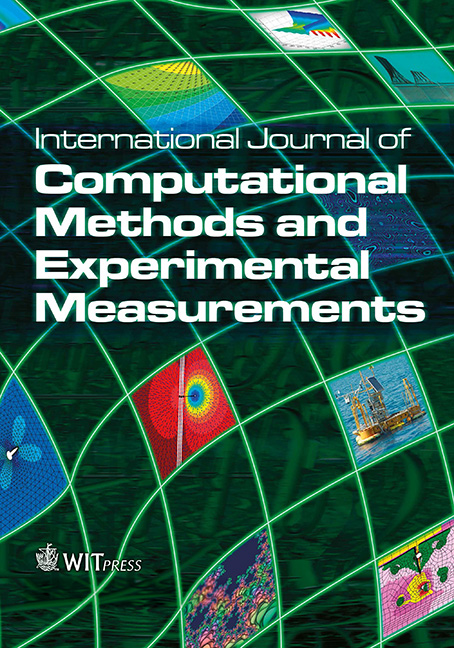Development and characterization of chitosan-grafted polycaprolactone/poly (3-hydroxybutyrate-co-3-hydroxyhexanoate) fiber blends for tissue engineering applications
Price
Free (open access)
Volume
Volume 5 (2017), Issue 5
Pages
9
Page Range
713 - 722
Paper DOI
10.2495/CMEM-V5-N5-713-722
Copyright
WIT Press
Author(s)
A.M. DIEZ-PASCUAL
Abstract
Polyhydroxyalkanoates (PHAs) are a family of biodegradable and biocompatible polyesters that have recently attracted much industrial attention. The most representative PHA is poly(3-hydroxybutyrate) (PHB), though it presents several shortcomings such as brittleness and poor impact resistance. 3-hydroxy- hexanoate units can be incorporated in PHB to obtain poly(3-hydroxybutyrate-co-3-hydroxyhexanoate) (PHBHHx), a copolymer with improved mechanical properties, processability and biodegradability, more suitable for biomedical applications. In this study, chitosan-grafted polycaprolactone (CS-g- PCL)/PHBHHx fiber blends in different compositions were developed by wet electrospinning, and their morphology, biodegradability, mechanical and tribological properties were investigated. A direct correlation was found between the wear rate and the mechanical properties, pointing that fiber breakage is the mechanism responsible for both the abrasive wear and yield. The interactions between the components led to a synergistic effect on tensile and tribological properties at a blend composition of 70/30, resulting in an optimum combination of maximum stiffness, strength, ductility and toughness and minimum coefficient of friction and wear rate, ascribed to the lower porosity and higher crystallinity of this sample. Further, it exhibits the slowest degradation rate. These fiber blends are ideal candidates as scaffolds for tissue engineering applications.
Keywords
chitosan, electrospinning, fiber blend, polyhydroxyalkanoates, polycaprolactone, tribologi- cal properties, tissue engineering.




